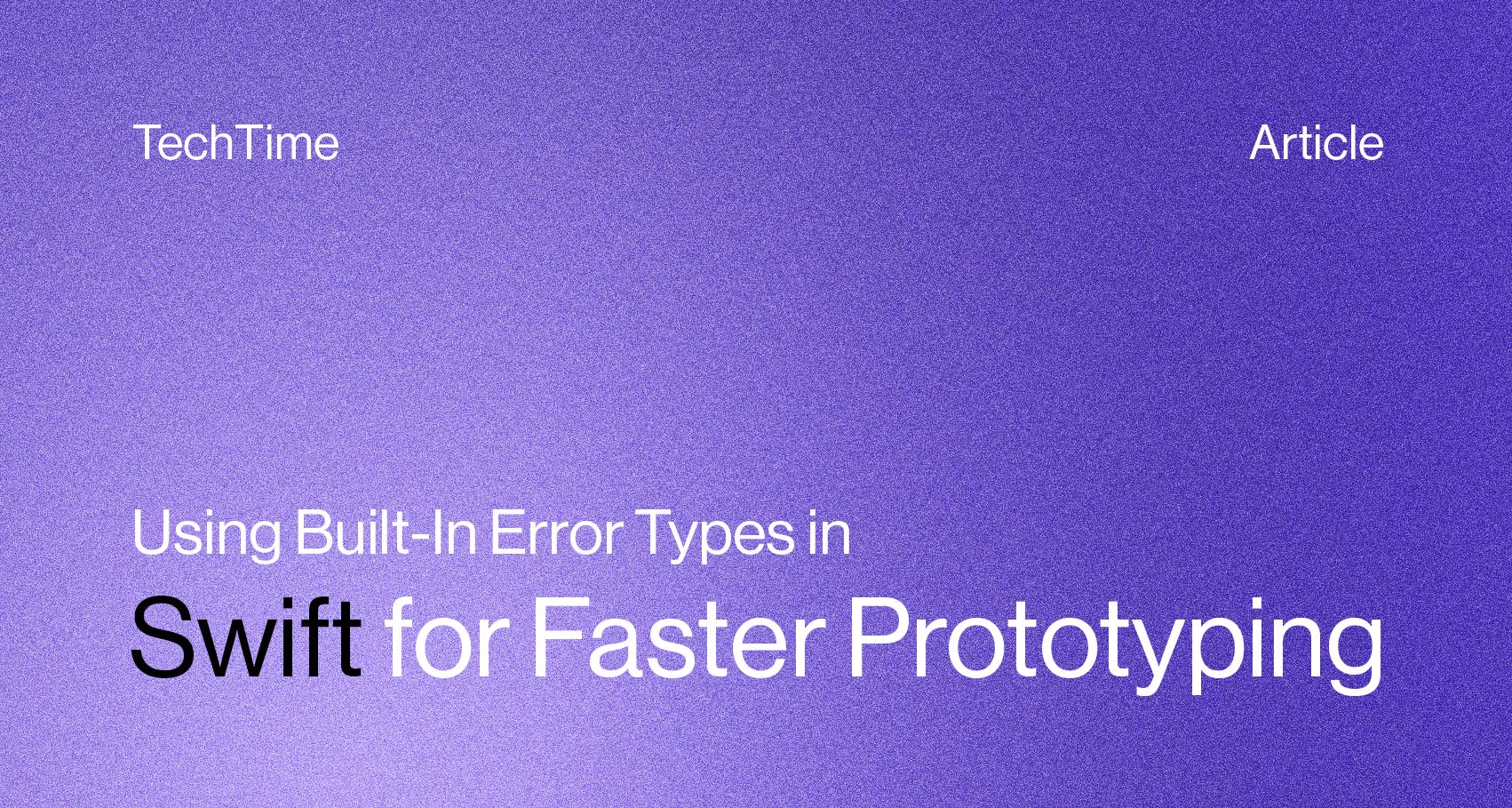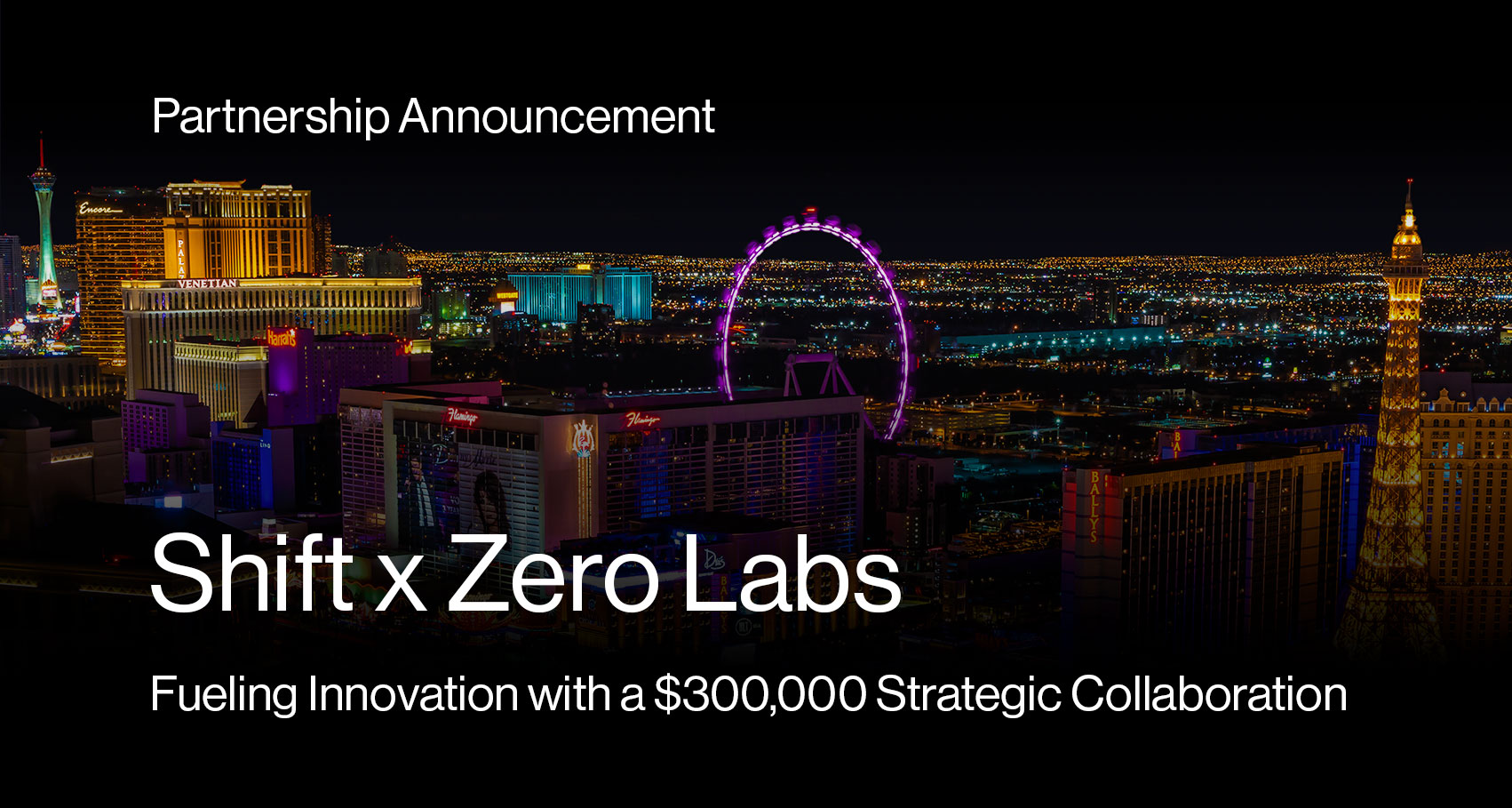
You probably can agree that content creation isn’t just for professionals with pricey tools like Adobe Creative Cloud. Thanks to social media, blogging, and digital marketing, there’s a whole new generation of creators who need fast, easy, and affordable ways to make high-quality visuals.
That’s where AI-powered video and image editors come in — designed to simplify your creative process while still delivering pro-level results.
At Shift Studio, we focus on building AI-driven media editing apps that are not only powerful but also super accessible for our clients. In this article, we’ll dive into the three apps we’ve developed — Instasize, Made, and Uranus.ai — and show how they’re changing the way creators edit photos, craft stories, and generate amazing visuals.
Key Stages in the Development of AI Video and Image Editors
Building an AI media editing application involves several key stages, each requiring close collaboration between developers, data scientists, designers, and AI engineers. The process typically follows these stages:
1. Identifying User Needs
The first step in developing an effective AI-powered tool is understanding the specific needs of its target audience and it is done with a large input of our clients. For applications designed for content creators, the focus is on simplifying tasks like cropping, resizing, color correction, and image generation. A deep dive into the user personas—social media influencers, marketers, bloggers, or small business owners—provides insights into what they require from a media editor and where existing tools may fall short.
2. Building AI Capabilities
The core of any AI media editing application is its artificial intelligence. In this stage, developers work on creating or integrating machine learning models that can perform complex editing tasks. These models rely on large datasets to learn from previous examples and apply similar transformations to new images or videos.
For example:
- Image Recognition and Segmentation: AI models can be trained to recognize objects within an image and automatically remove or replace backgrounds. This eliminates the need for users to manually select and mask out areas, as seen in tools like background removers.
- AI-Powered Resizing: When resizing images, traditional methods can result in distortion or loss of quality. AI-based models are trained to analyze an image's content and resize it intelligently, maintaining aspect ratio and sharpness.
- Text-to-Image Generation: For more advanced applications like Uranus.ai, AI models like GANs (Generative Adversarial Networks) are employed to generate entirely new images based on text prompts. This involves complex neural networks that interpret the meaning of the text and convert it into visual output.
3. User Interface Design
Once the AI backbone is established, the focus shifts to designing an intuitive user interface. The challenge here is making sophisticated AI tools accessible to users who may have no technical or design background. This is achieved by embedding AI features in ways that feel natural to users—simple sliders, buttons, or presets that trigger AI functions behind the scenes.
In a development environment, constant user testing is essential. Iterative testing allows developers to adjust the app's interface based on real-world feedback, ensuring the tool is both powerful and easy to navigate.
4. AI Training and Data Integration
The success of an AI media editing application depends heavily on the quality of its underlying datasets. For example, if an application is designed to automatically enhance photos, it must be trained on thousands of high-quality images with varied lighting, color balance, and sharpness levels. The better the training dataset, the more precise the AI model will be in real-world scenarios. Developers must continuously refine and update these datasets to improve the performance of the AI. This iterative process—known as model training—ensures the application becomes more accurate and reliable over time, as it learns from user inputs and new data.
In some cases, AI models are trained using third-party datasets or pre-trained models that are fine-tuned to meet specific client needs. These third-party resources provide a baseline for AI capabilities, enabling faster development and deployment of applications. However, in more specialized or proprietary applications, custom models may be trained directly by the client using their own unique datasets. This approach ensures the AI is tailored specifically to the client’s domain, offering more precise results based on their requirements and the content they frequently work with. The decision between using third-party models or client-trained models depends on factors such as data availability, customization needs, and the level of control required by the client over the AI’s behavior.
Overcoming Challenges in AI Media App Development
While the benefits of AI media editing applications are clear, the development process comes with its own set of challenges:
1. Scalability
As AI models become more complex, they require significant computational resources to operate efficiently. Developers must ensure the AI processing works smoothly on various devices, from high-end computers to smartphones, without significant lag or drain on system resources. Scalability also involves handling larger datasets and delivering high-performance results, even as the app’s user base grows.
2. Ensuring High-Quality Outputs
One of the most important factors in AI video and image editing is maintaining the quality of the final output. Whether it’s AI-powered upscaling, background removal, or image generation, users expect the AI to handle these tasks with precision. This requires continuous testing and fine-tuning of models to reduce errors and ensure that even highly automated processes deliver professional results.
3. Maintaining Affordability
Many existing high-end tools offer powerful AI-driven features, but they come with hefty subscription fees. At Shift Studio, one of our goals is to offer AI-based applications that remain affordable for individual content creators and small businesses. This requires smart resource management, optimizing AI models for faster processing, and reducing the need for heavy backend infrastructure.
Instasize: AI-Powered Image and Photo Editor
Instasize is a versatile AI-powered photo and image editor built to serve creators who need quick, professional-grade edits without navigating complex software. Whether you're a social media influencer, a small business owner, or a content creator looking for easy-to-use tools, Instasize offers a comprehensive range of features to simplify your workflow.

- Effortless Cropping and Resizing: Instasize provides precise cropping and resizing tools that ensure your images fit perfectly for various platforms like Instagram, TikTok, or Facebook. With preset aspect ratios tailored for social media, your content is always optimized for each channel.
- AI-Powered Filters: The app uses AI to automatically enhance images with filters that adjust brightness, contrast, and color balance, ensuring your photos look their best with minimal effort.
- Smart Resizing: Instasize's AI engine can resize images without distorting or losing quality, a feature particularly useful for bloggers and brands who frequently repurpose visuals for different platforms.
- Advanced Editing Tools: From background blurring to subject highlighting, Instasize uses AI to perform edits that would typically require advanced knowledge of professional software like Photoshop, but here it’s done in a few taps.
Instasize empowers creators to enhance their photos with ease, making it an ideal AI image editor for those who value speed and simplicity without sacrificing quality.
Download the apps and test them for yourself.
App Store / Google Play / Website
Made: Story Editor and Collage Tool for Social Media Creators
Visual storytelling is essential in today’s content-driven world, especially on platforms like Instagram and TikTok, where narratives unfold through images and videos. Made is a story editor and collage tool that enables creators to design compelling social media content without needing advanced design skills. This tool is perfect for influencers, marketers, and content creators who need to craft visually striking stories and collages on the go.
- Curated Templates for Stories: Made comes with a wide variety of pre-made templates designed to fit Instagram, Facebook, and Snapchat stories. You can quickly customize these templates to fit your brand’s aesthetic, allowing you to create consistent, visually appealing content.
- Custom Collage Features: Whether you’re combining multiple photos or integrating videos, Made makes it easy to create eye-catching collages. The intuitive drag-and-drop interface allows you to quickly arrange your visuals and text to tell your story effectively.
- AI-Based Design Suggestions: With AI-backed design suggestions, Made helps users adjust layouts, enhance lighting, and even recommends color palettes to ensure your content is always on-brand.
- Easy Exporting: Whether it’s for Instagram, Snapchat, or Facebook, Made allows you to quickly export your stories and collages in the appropriate format, taking the guesswork out of content sizing.
By using Made, creators can focus on storytelling rather than spending hours learning complex design software. This app is perfect for those looking to create professional, engaging content in a fraction of the time it would take with traditional tools.
App Store / Google Play / Website
Uranus.ai: AI Image Generator for Creative Content
One of the most exciting tools delivered by Shift Studio is Uranus.ai, an AI-driven image generator that turns simple text prompts into stunning visuals. Whether you’re a graphic designer, content creator, or marketer, Uranus.ai gives you the ability to generate high-quality images on demand, saving you time and effort in sourcing or creating custom visuals.

- Text-to-Image Generation: Simply input a description of what you want to see, and Uranus.ai’s advanced algorithms generate unique images tailored to your needs. Whether it's a logo, illustration, or even abstract art, Uranus.ai can bring your vision to life.
- Creative Versatility: Uranus.ai is perfect for generating everything from social media graphics to blog post illustrations and video thumbnails. This AI-powered tool opens up endless creative possibilities for content creators who need fresh visuals regularly.
- High-Resolution Outputs: Despite being generated on the fly, Uranus.ai ensures the images produced are of high resolution and ready for professional use in various formats.
- Customizable Prompts: With the ability to fine-tune and adjust your prompts, Uranus.ai offers full creative control, allowing users to tweak the generated image until it perfectly fits their vision.
Uranus.ai is a revolutionary tool for content creators who want to generate images quickly and efficiently without hiring a designer or spending hours creating visuals from scratch. It represents the next step in AI-powered media editing applications that put creativity at your fingertips.
Website
The Development of AI Media Editing Applications
As AI video and image editors continue to evolve, the underlying development processes are becoming more sophisticated, yet the end goal remains simple: to empower creators of all skill levels. At Shift Studio, our approach to the development of AI media editing applications centers around the following principles:
- AI for Simplification: AI removes many of the tedious, time-consuming elements of media editing by automating tasks like background removal, color correction, and image resizing. The technology allows creators to focus on the bigger picture—crafting engaging content—rather than getting bogged down in the technical details.
- User-Centric Design: The user experience is at the heart of every application we build. We prioritize intuitive interfaces, seamless workflows, and easy-to-understand features, ensuring that even novice creators can leverage the full potential of AI tools.
- Innovation in Content Creation: As the development of AI media editing tools continues, Shift Studio is at the forefront of integrating cutting-edge technology into everyday applications, making AI-driven editing accessible to all creators. Our tools, like Instasize, Made, and Uranus.ai, represent the future of content creation—where AI does the heavy lifting, and users can focus on creativity.
Future of AI Media Editing Applications
As AI video and image editors continue to evolve, the future holds immense potential for further streamlining the creative process. Some emerging trends include:
- Real-Time AI Editing: AI models are becoming fast enough to apply edits in real-time, meaning creators can instantly see how a filter, resize, or enhancement will look before applying it.
- AI-Assisted Content Creation: As AI models get more sophisticated, they may move beyond simple edits to assist in full content creation, from generating entire video scenes to suggesting storyboards or design layouts based on user input.
- Deep Personalization: In the future, AI tools will not only assist with editing but will also learn user preferences and automatically suggest edits, filters, or enhancements based on previous projects or social media trends.
Conclusion
In a world where content is king, having access to affordable, easy-to-use, and AI-powered media editing tools is essential for success. Instasize, Made, and Uranus.ai are perfect examples of how AI can revolutionize the content creation process, making it more efficient, accessible, and fun. Whether you’re editing photos, crafting stories, or generating unique visuals, Shift Studio’s applications offer the tools you need to create professional content without the steep learning curve or high cost of traditional software.
As AI video and image editors continue to evolve, Shift Studio is committed to empowering creators with innovative solutions that allow them to focus on what truly matters: telling their story and expressing their creativity.





